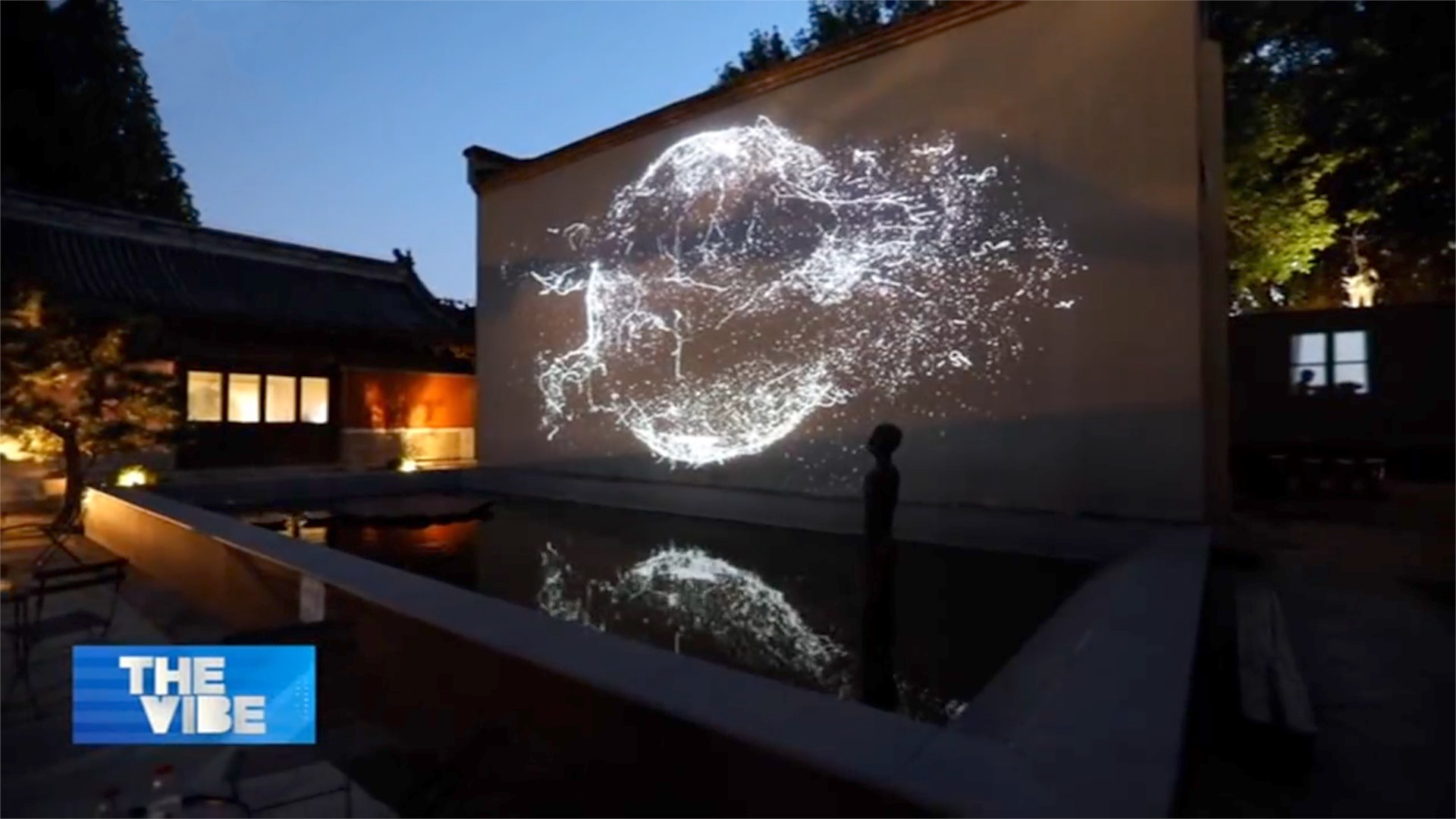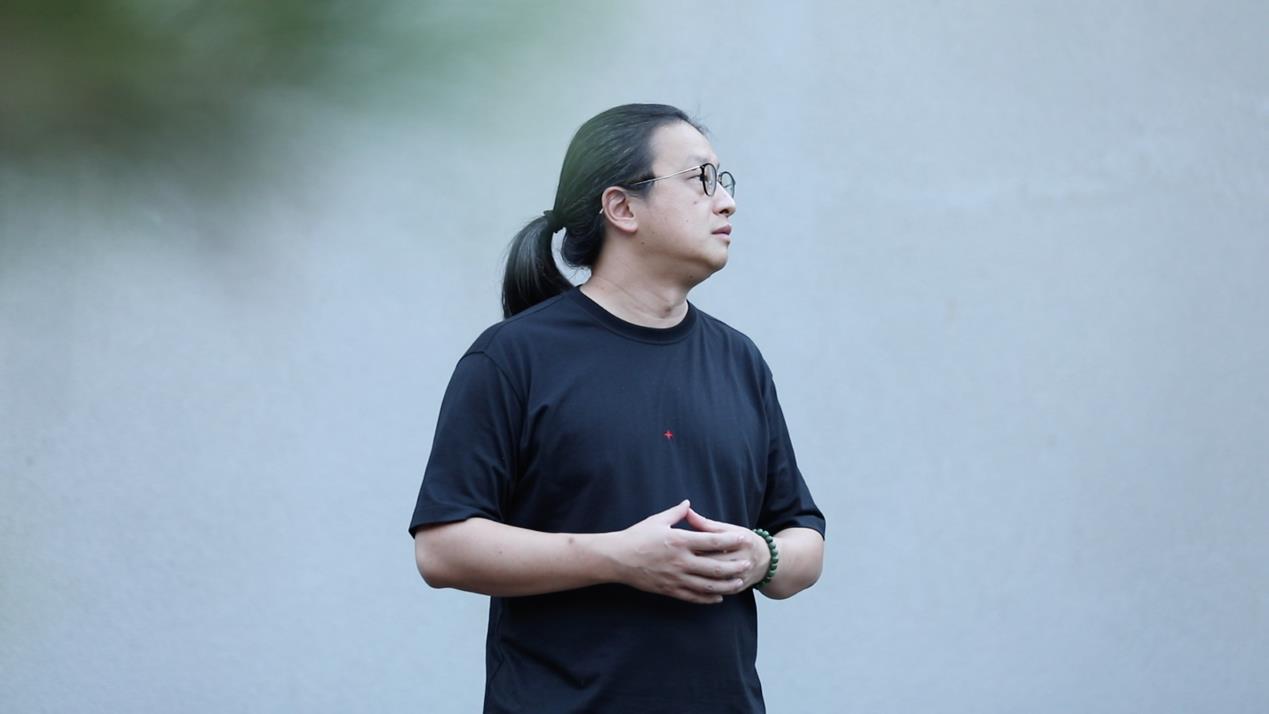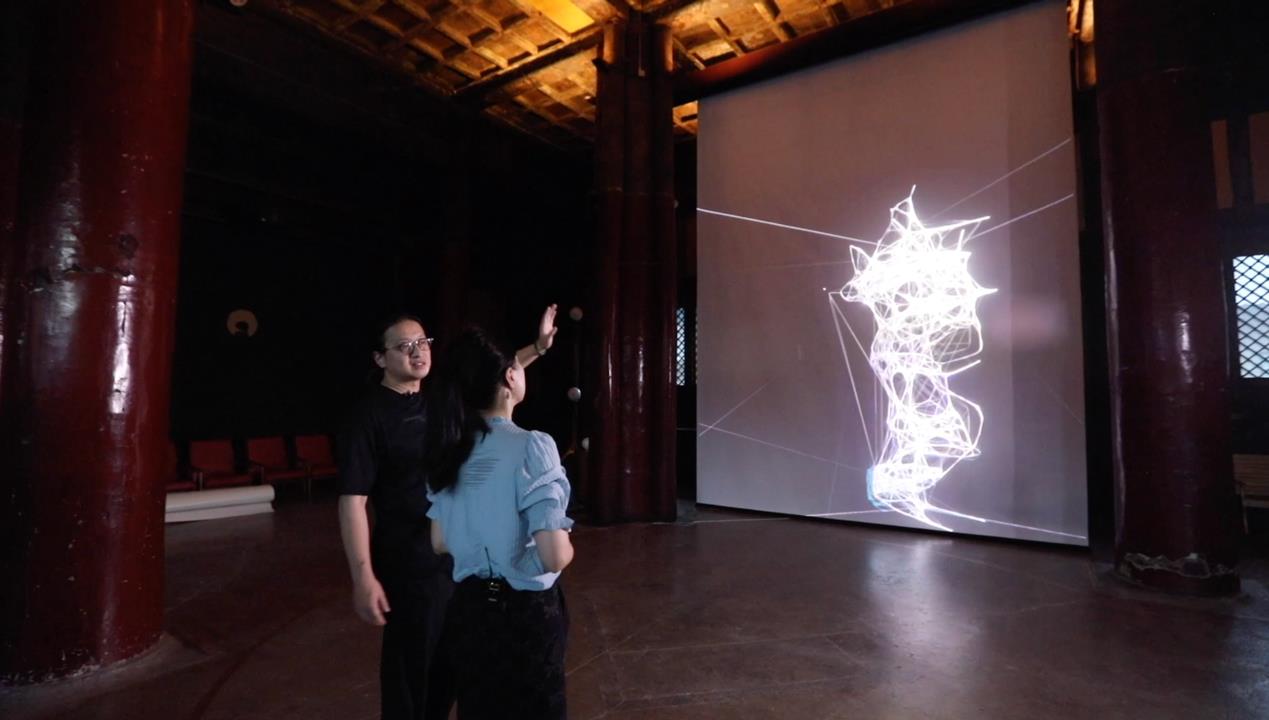08:53

Organizers of the opening ceremony of the 2022 Beijing Winter Olympics stunned the world earlier this year with a remarkable digital show, both in terms of scale and how they presented traditional Chinese culture.
The show also brought its visual art director Wang Zhiou and his team to the public eye. "It's not easy for such a young team like ours to complete such a world-class project," said Wang.
"And we took care of every step, from the initial planning to the final visual effect. I'm sure no other team, not even those at the highest level, could have done it, but we did it. I think after the opening ceremony of the Beijing Winter Olympics, we are very proud to say that we are the best."
Working on the project with Wang was Zhang Yimou, who gained global fame for directing the spectacular opening and closing ceremonies of the 2008 Beijing Games.
Wang said he took every opportunity to learn from the experience. "I was so lucky to have worked with Director Zhang Yimou, who I think is like my teacher. He focused on one theme in each program of the opening ceremony, which was to use science and technology to tell stories of China."
Hearing about Wang's career in more detail, his journey seems to have a special link to the Olympic movement, one that goes all the way back to when the Chinese capital was bidding for the 2008 Summer Games. "I thought that if Beijing won the bid, I would go there for college," Wang said.
Beijing did indeed win the right to host the 2008 Games, and Wang did indeed make his journey to the Chinese capital, choosing multimedia art as his college major.

Multimedia artist Wang Zhiou. /CGTN
Multimedia artist Wang Zhiou. /CGTN
Just a few years after hosting the 2008 Olympic Games, the Chinese capital was selected for the 2022 Winter Olympics, becoming the first city ever to be selected to host both a Summer and a Winter Olympics.
Wang was perfectly placed to make his mark, and for the closing ceremony of the preceding Winter Olympics in Pyeongchang in 2018, he was given a platform to link in the Beijing Games.
"One of my dreams since childhood has been to let the world know about Chinese culture in some way. In the eight-minute show we aimed to showcase symbolic Chinese patterns, such as the dragon, peacock and Chinese knots. They flew on the ground like how painters move their brushstrokes in Chinese painting. The performance was well received by the audience around the world," said Wang.
Wang calls that a good start. And a good start is half the battle. This was especially true for Wang and his team, who went on to great things in the years after.
He has now developed a team of more than 120 people in his studio. "Every time I communicate with them, I hope they're all doing what they truly love to do."
Talking about his current plans, Wang's very proud to introduce his latest project: the Long March Digital Art Museum in Guizhou Province. "It's about the whole journey of the Red Army's Long March. The tour enables visitors to experience the stories of those wars as if they were happening just now. We use digital light and shadow to immerse viewers into that period. As of yet, there's no such theater for telling the story of China."

Wang introducing his multimedia project "Yuan." / CGTN photo
Wang introducing his multimedia project "Yuan." / CGTN photo
Besides these large-scale national projects, Wang's love for traditional Chinese culture is also very evident in his personal creations, like the one presented in a temple.
"The Zhizhu Temple has a history of more than 200 years," said Wang. "I hope art can help visitors feel more in such an ancient oriental space. Through the language of light and shadow, people can time-travel to a hundred years ago."
The temple was closed many years ago. With light and shadow art, Wang intends to restore the vitality of its architecture. "Visitors might feel a drop of rain falling from the eave, and the marks left on the architecture by time."
When it gets dark, a magical chemistry takes place between the ancient temple and Wang's artistic creation.
The red walls become his canvas.
"China is now catching up in terms of the world's most advanced technologies, like artificial intelligence. I think we need to develop an aesthetic corresponding to the development of science and technology. I think digital art could be China's new expression in this era. Everyone can use the brush of light and shadow to make artistic creations of the cities, the mountains, the stars and the ocean."